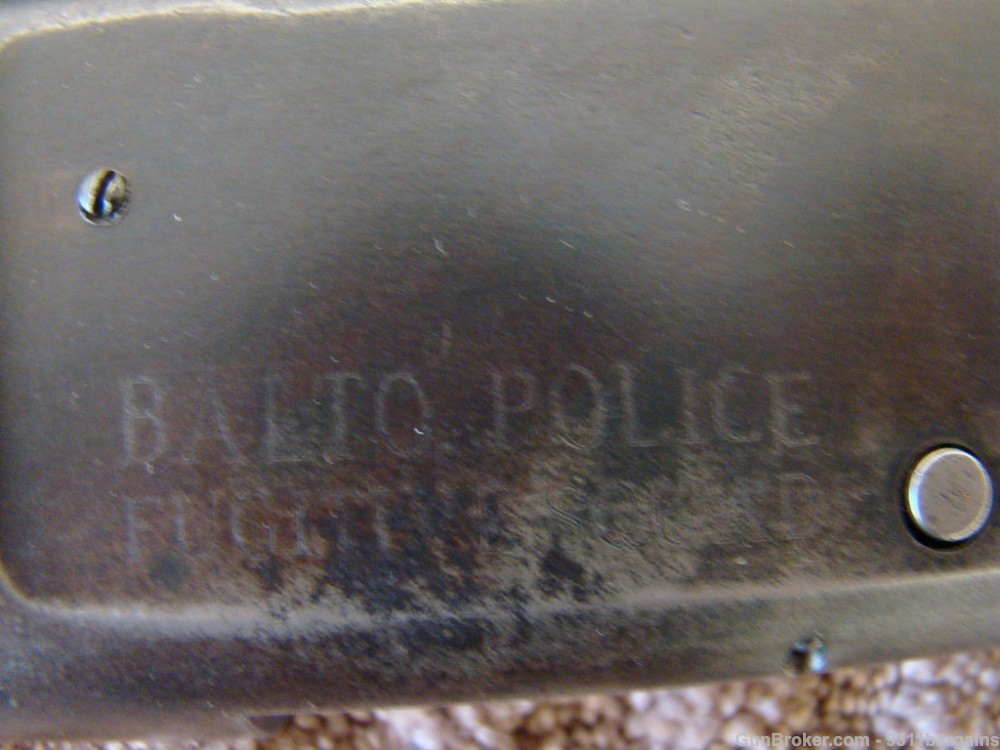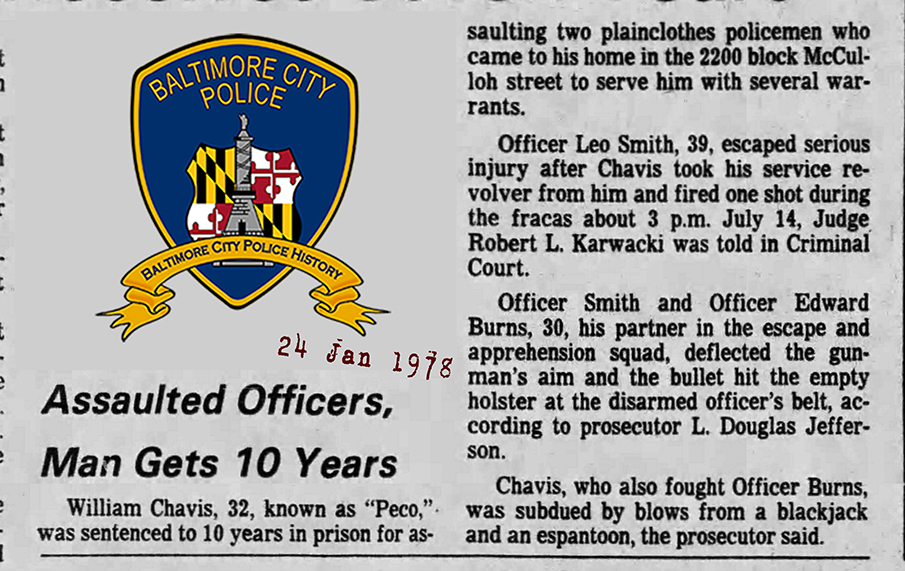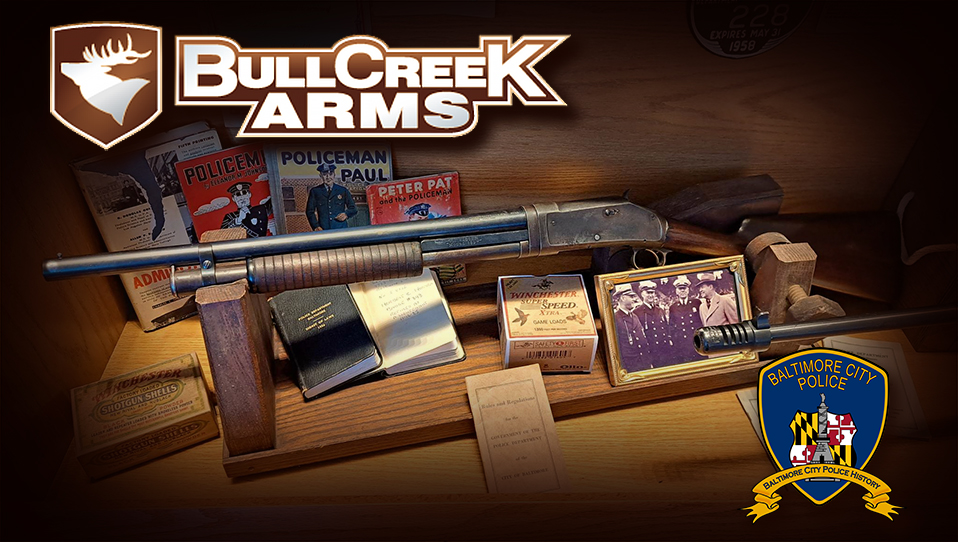Fugitive Squad
Fugitive Squad
Understanding the Distinct Roles of Escape & Apprehension and Fugitive Units
In the intricate world of law enforcement, different units serve unique purposes, each contributing to the overall mission of maintaining public safety. Two such units, often misunderstood, are the Escape & Apprehension (E&A) and the Fugitive units. This article aims to clarify their various roles by providing an explanation from a seasoned officer who worked in the E&A unit named Retired Detective Leo Smith.
The Escape & Apprehension Unit
The E&A unit operates on the front lines of law enforcement. Their primary responsibility is to investigate and arrest individuals who have escaped from custody. This unit plays a crucial role in ensuring that those who attempt to evade justice are promptly returned to the legal system.
Unlike many other units, officers in the E&A unit typically wear street clothes, blending in with the general public. This allows them to carry out their duties without drawing unnecessary attention. In addition to their primary role, the E&A unit also serves warrants for serious crimes such as Robbery and Homicide, further contributing to public safety.
The Fugitive Unit
The Fugitive unit, on the other hand, operates in a more administrative capacity. Their main task is to handle the paperwork for individuals who have been arrested in another state but are wanted in Maryland, and vice versa. This involves coordinating with law enforcement agencies across state lines to ensure these individuals are extradited to the state where they are wanted.
While the Fugitive unit does not make many arrests, their work is vital in ensuring that individuals cannot evade justice simply by crossing state lines. They ensure that no matter where a person is arrested, they will be held accountable for their actions in the state where they are wanted.
Conclusion
While the E&A and Fugitive units may operate differently, both play essential roles in the justice system. By understanding their distinct responsibilities, we can better appreciate the complexity and breadth of law enforcement efforts to maintain public safety.
Click Article above, or HERE to see full size Article
Click Article above, or HERE to see full size Article
Special thanks to BullCreek Arms for rebuilding this 1939 Baltimore Police Fugitive Squad Winchester model 1897,12 gauge shotgun. It came to us as a literal basket case and was put back together by BullCreek. Along side BullCreek, a special thanks goes out to Worth-A-Shot for helping us getting the gun parts back to Baltimore, she offered to send it on to BullCreek for us, but we felt she did enough and didn't want to take advantage of her good nature.

Side Inscribed Baltimore Police Fugitive Squad
Winchester Model 1897
The Winchester Model 1897, also known as the Model 97, M97, or Trench Gun, is a pump-action shotgun with an external hammer and tube magazine manufactured by the Winchester Repeating Arms Company. The Model 1897 was an evolution of the Winchester Model 1893 designed by John Browning. From 1897 until 1957, over one million of these shotguns were produced. The Model 1897 was offered in numerous barrel lengths and grades, chambered in 12 and 16 gauge, and as a solid frame or takedown. The 16-gauge guns had a standard barrel length of 28 inches, while 12-gauge guns were furnished with 30-inch length barrels. Special length barrels could be ordered in lengths as short as 20 inches, and as long as 36 inches. Since the time the Model 1897 was first manufactured it has been used by American soldiers, police departments, and hunters.
History
The Winchester Model 1897 was designed by American firearms inventor John Moses Browning. The Model 1897 was first listed for sale in the November 1897 Winchester catalog as a 12 gauge solid frame. The 12 gauge takedown was added in October 1898, and the 16 gauge takedown in February 1900. Originally produced as a tougher, stronger and more improved version of the Winchester 1893, itself an improvement on the early Spencer pump gun, the 1897 was identical to its forerunner, except that the receiver was thicker and allowed for use of smokeless powder shells, which were not common at the time. The 1897 introduced a "take down" design, where the barrel and magazine tube could easily be separated from the receiver for cleaning or transportation, the ease of removal of the barrel becoming a standard in pump shotguns made today, like the Remington 870 and Mossberg 500 series. Over time, "the model 97 became the most popular shotgun on the American market and established a standard of performance by which other kinds and makes of shotguns were judged, including the most expensive imported articles". The Winchester Model 1897 was in production from 1897 until 1957. It was in this time frame that the "modern" hammerless designs became common, like the Winchester Model 1912 and the Remington 870. The Model 1897 was superseded by the Winchester Model 1912. However, the gun can still be found today in regular use.
Improvements from the 1893
While designing the new Model 1897, many of the weaknesses present in the earlier Model 1893 were taken into account and remedied. These improvements included:
The frame was strengthened and made longer to handle a 12 gauge 2+3⁄4-inch shell, as well as the 2+5⁄8-inch shell.
The top of the frame was covered so that the ejection of the fired shell was entirely from the side. This added a lot of strength to the frame of the gun and it allowed the use of a 2+3⁄4 inch shell without the danger of the gun constantly jamming.
The action could not be opened until a slight forward movement of the slide handle released the action slide lock. In firing, the recoil of the shotgun gave a slight forward motion to the slide handle and released the action slide lock which enabled the immediate opening of the action. In the absence of any recoil, the slide handle had to be pushed forward manually in order to release the action slide lock.
A movable cartridge guide was placed on the right side of the carrier block to prevent the escape of the shell when the shotgun was turned sideways in the act of loading.
The stock was made longer and with less drop.
Of these improvements, the slide lock is the one that made the Model 1897 into a safe firearm. This improved slide lock kept the shotgun locked until actual firing occurred which prevented it from jamming in the case of a misfire. The slide lock "stands in such a relation to the body of the firing pin as will prevent the firing pin reaching the primer until the pin has moved forward a sufficient distance to insure locking of the breech bolt". This prevents the action sleeve "from being retracted by the hand of the gunner until after firing, and hence rendering the firearm more safe".
Description
The Winchester Model 1897 and the Winchester Model 1893 were both designed by John Browning. The Model 1897 is an external hammer shotgun lacking a trigger disconnector. This means that the user can hold the trigger down while cycling the shotgun and once the action is returned to battery the shotgun fires. The firearm itself is classified as a slide action pump shotgun. It was the first truly successful pump-action shotgun produced. Throughout the time period the Model 1897 was in production, over a million of the type were produced in various grades and barrel lengths. 16-gauge guns had a standard barrel length of 28 inches, while 12-gauge guns were furnished with 30-inch length barrels. Special length barrels could be ordered in lengths as short as 20 inches, and as long as 36 inches. Along with various grades and barrel lengths, the Model 1897 came in two different chamberings. One was the 12 gauge and the other was the 16 gauge. The shells should be of the 2+3⁄4 inch or 2+5⁄8 inch model. Any shells larger are not recommended. An average Model 1897 can hold 6 shotgun shells in the magazine tube. When working the action of the Model 1897 the forend (fore grip) is pulled back, forcing the breech bolt to the rear which extracts and then ejects the spent shell while simultaneously cocking the external hammer by pushing it to the rear. When the forend is slid forward again, the breech bolt pushes a fresh shell into the gun's chamber and locks into place.
The Chinese company Norinco has made an effort to reproduce this firearm. The Norinco 97 is an almost exact copy of the Winchester 1897, produced in both Trench and Riot grades, yet lacking in the fit and finish of the originals.
POLICE INFORMATION
If you have copies of: your Baltimore Police Department Class Photo, Pictures of our Officers, Vehicles, Equipment, Newspaper Articles relating to our department and or officers, Old Departmental Newsletters, Lookouts, Wanted Posters, and or Brochures. Information on Deceased Officers and anything that may help Preserve the History and Proud Traditions of this agency. Please contact Retired Detective Kenny Driscoll.

NOTICE
How to Dispose of Old Police Items
Please contact Det. Ret. Kenny Driscoll if you have any pictures of you or your family members and wish them remembered here on this tribute site to Honor the fine men and women who have served with Honor and Distinction at the Baltimore Police Department. Anyone with information, photographs, memorabilia, or other "Baltimore City Police" items can contact Ret. Det. Kenny Driscoll at
Copyright © 2002 Baltimore City Police History - Ret Det Kenny Driscoll










